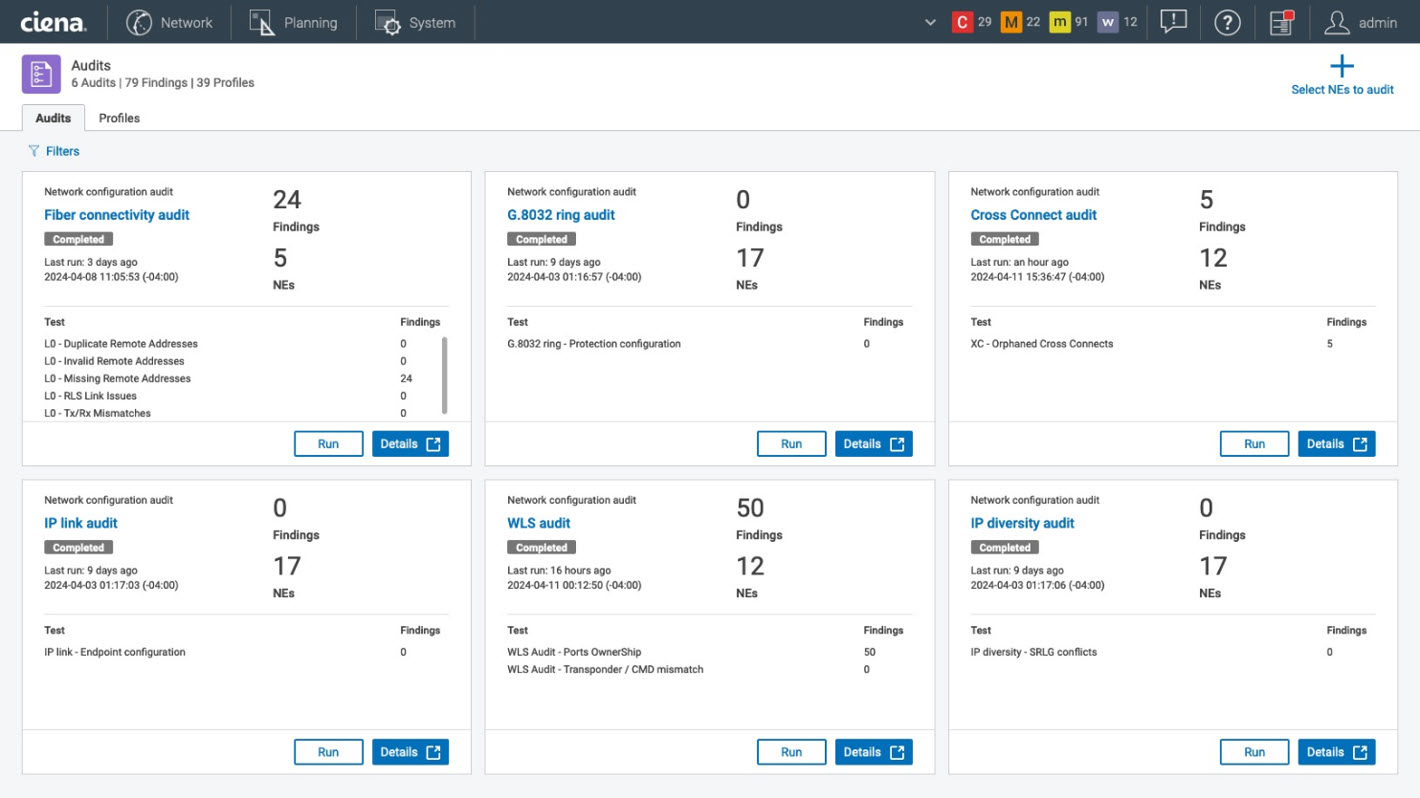AI promises to significantly enhance network operations. But is your network data clean enough to provide a solid foundation for your AIOps transformation? In this blog, Marie Fiala unpacks what tools are available now to get you started on a good footing on your AI journey.
As networks evolve and scale to meet the demands of next-gen applications and AI, operational efficiency is paramount. AI can help in this respect by helping complete operational tasks more quickly, hence accelerating service delivery and troubleshooting, and keeping customers happy. However, the transition to AI-driven operations (AIOps) requires a clean network foundation as a starting point, as a reliable source of accurate, real-time data. As is often said, “garbage in means garbage out”. Without good data, AI could generate incorrect responses or hallucinations. The good news is that tools are already available today so that network cleanup can be done now, while the strategic decisions involved in setting up an agentic AI framework can proceed in parallel.
In reality, deployed networks deviate from their initially planned designs over time. Although this is normal, unintended misconfigurations may also creep in due to manual errors or localized changes. Such misconfigurations don’t cause overt alarms but can still adversely impact the overall network’s performance. Navigator Network Control Suite (Navigator NCS) offers a comprehensive Network Audit that automatically identifies misconfigurations and provides the ability to resolve them quickly. This tool has been used in customer networks, varying in size from 10s to 1000s of network elements (NEs), and typically, there are a substantial number of findings, up to 10-20% of the network size!
It is important to verify all aspects of a complex, multi-layer network to ensure data integrity. Our comprehensive network audit works at multiple levels, and provides the option to fix any found issues using an intuitive interface:
- At the NE level, users can define a golden target profile per element type and run the audit across all NEs of that type in the network, checking whether any NE’s configuration parameters fall outside of the expected range. If so, those deviations are flagged and can be easily adjusted.
- At the fiber connectivity level, the audit checks for mismatched adjacencies, or remote addresses that are missing, invalid, or duplicated, thereby identifying broken links.
- At the optical transport level, the audit unblocks hard-to-debug provisioning failures by finding service fragments that may have occurred due to incomplete add or delete operations.
- At the IP link level, the state of IP links are audited for mismatches between endpoints that could cause performance issues. These include subnet, MTU, or TE metric mismatches. IP diversity can also be audited to ensure that IP links, which require diversity, do not have overlapping shared risk logical groups (SRLG) sets, including those SRLGs that may have been propagated from supporting optical layers.
- Audits of specialized parameters can also be done to confirm the network is performing as intended, e.g., mismatches between inconsistent timer values across all logical G.8032 rings, or mismatches between transponder and line system attributes.
In addition to cleaning up configurations, Network Audit also includes a cross connect audit which will identify stranded bandwidth in the network which, when cleaned up, may provide additional capacity of which you weren’t aware.

Figure 1. A variety of audits are available for network clean up
When time is of the essence or domain knowledge is lacking, the network audit process can be expedited with the expertise of Ciena Services, as part of our Optimization Service. This offering provides comprehensive inventory discovery, health and capacity assessment, data communication network (DCN) and security setting evaluation, and architecture and confirmation assessments. In addition to executing the network audit tool, the team can run customized scripts, tailored to your specific network configuration policies to identify and correct outstanding issues.
Audits are typically performed as needed during the lifecycle of network operations. For example, in advance of starting a planning project, a real-time network capture can be taken and the planner can run select audit checks to identify and fix topology or adjacency misconfigurations. Alternatively, once a holistic network cleanup is done, audits can be scheduled ‘always on’ to ensure that data integrity is preserved. You can be confident that you have reliable source network data to be used by AI agents in Navigator’s agentic AI framework to deliver accurate responses.
Preparing your network for AIOps is no small task, but Navigator’s Network Audit gets you started on a sure footing. By identifying misconfigurations, broken links, or stranded bandwidth, this tool ensures that your network is primed for AI-driven operations, and you’re a step closer to greater business agility and operational efficiency.





